- Home
- slideshows
- miscellaneous
- SpaceX is poised to launch astronauts into space this spring. Here's how SpaceX and Boeing became NASA's best shot at resurrecting American spaceflight.
SpaceX is poised to launch astronauts into space this spring. Here's how SpaceX and Boeing became NASA's best shot at resurrecting American spaceflight.
Atlantis, NASA's last space shuttle, launched and landed in July 2011. It was the last US rocket-and-spaceship system to carry astronauts to and from space.

Since then, NASA has relied on Russia's Soyuz system to ferry its astronauts to and from the International Space Station.
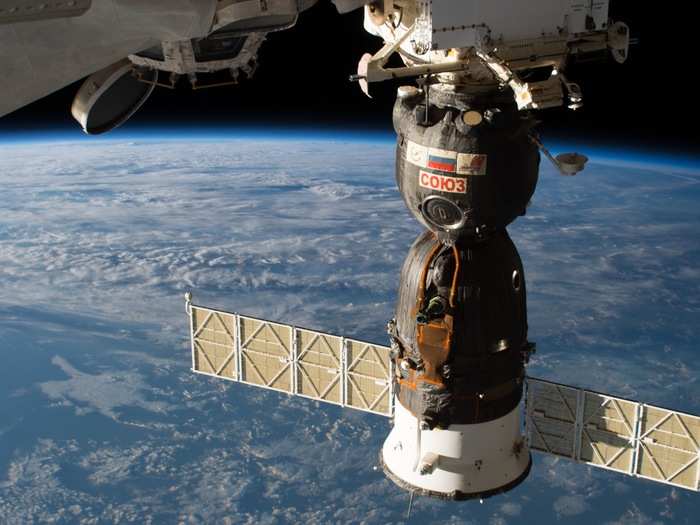
Soyuz is the only human-rated spacecraft used to get people to and from the $150 billion, football-field-size laboratory that orbits Earth every 90 minutes.
Russia has nearly quadrupled its prices for NASA over a decade.
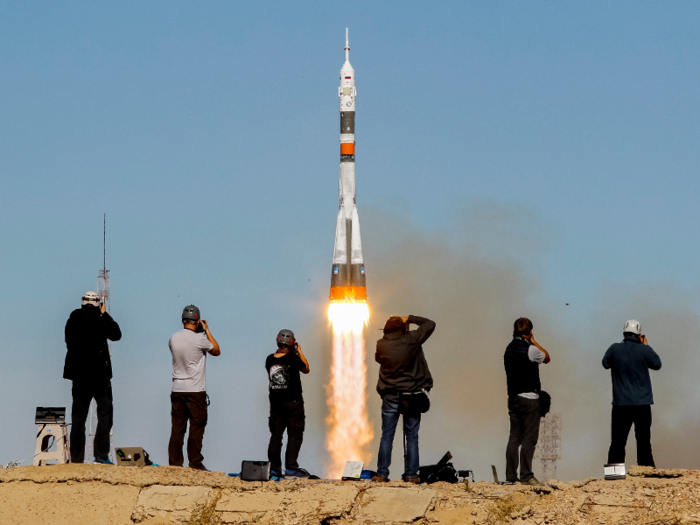
In 2008, a single round-trip flight for a NASA astronaut cost about $22 million; by 2018, that price had soared to about $81 million. Today the price is about $85 million, according to CNN.
Plus, after two recent incidents, concerns about the reliability and safety of Soyuz rockets are growing.
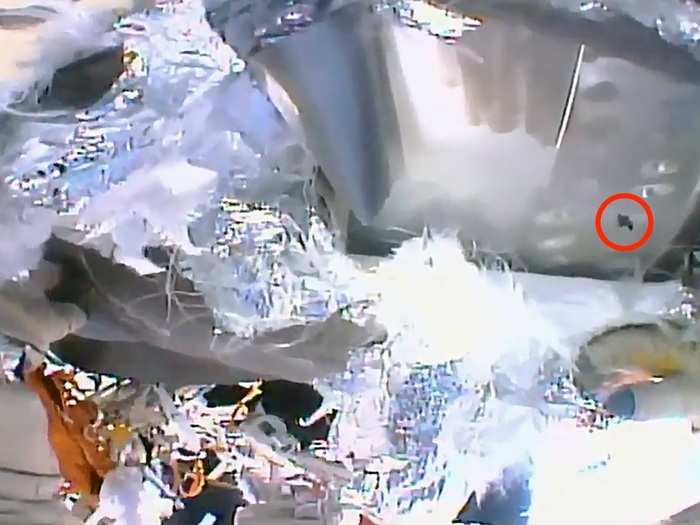
In August 2018, a Soyuz began leaking air into space while attached to the space station. A small hole was found and investigated by cosmonauts. Russian authorities think the hole came from a manufacturing accident with a drill that was hastily covered up.
Then that October, a Soyuz rocket failed during launch. The space capsule carrying one American and one Russian crew member automatically jettisoned away, and they walked away uninjured.
NASA established the Commercial Crew Program in 2010. The competition asked private companies to develop new astronaut-ready spacecraft.
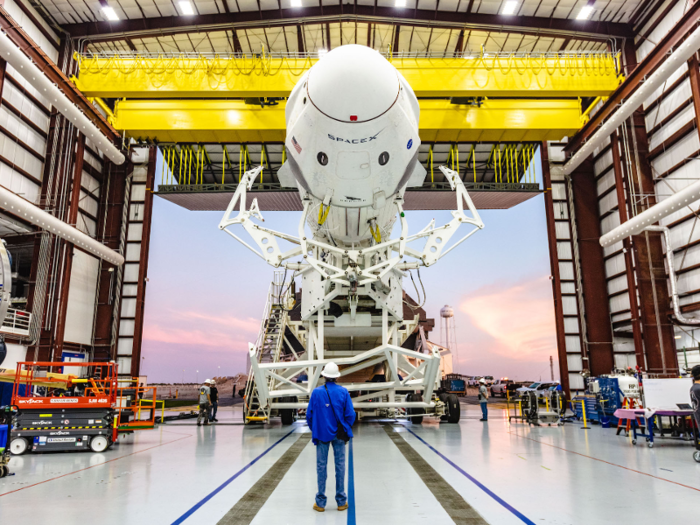
Once the program is complete, the agency will have doled out more than $8 billion in awards and contracts over about a decade.
From dozens of hopefuls, two contenders made it through the competition: SpaceX and Boeing.
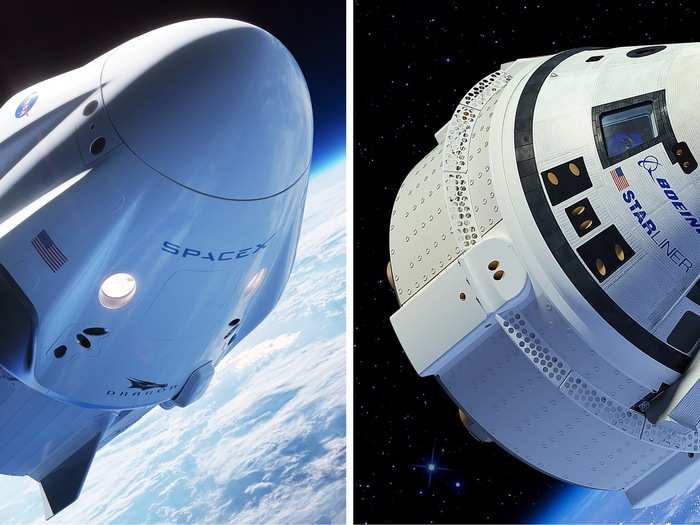
Both of their spacecraft are designed to fly up to seven passengers to and from Earth's orbit.
SpaceX, which Musk founded in 2002, designed the Crew Dragon, a 14,000-pound spaceship that's made to be reusable.
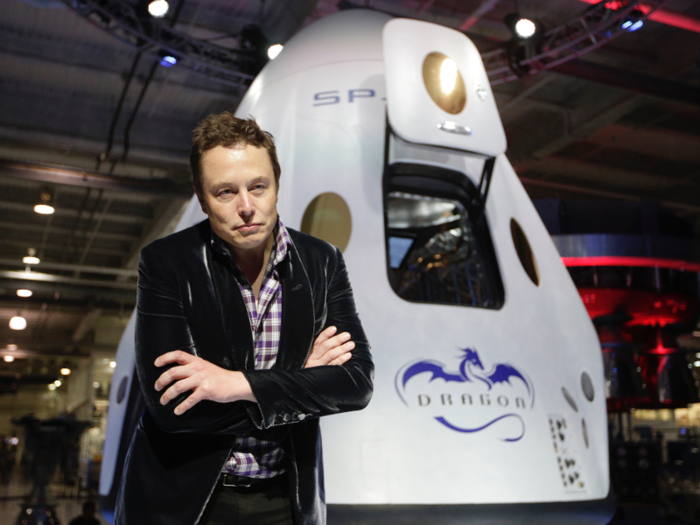
Boeing, a century-old aerospace company, created the CST-100 Starliner, another reusable capsule. It's made to land back on Earth using airbags, rather than splashing into the ocean.
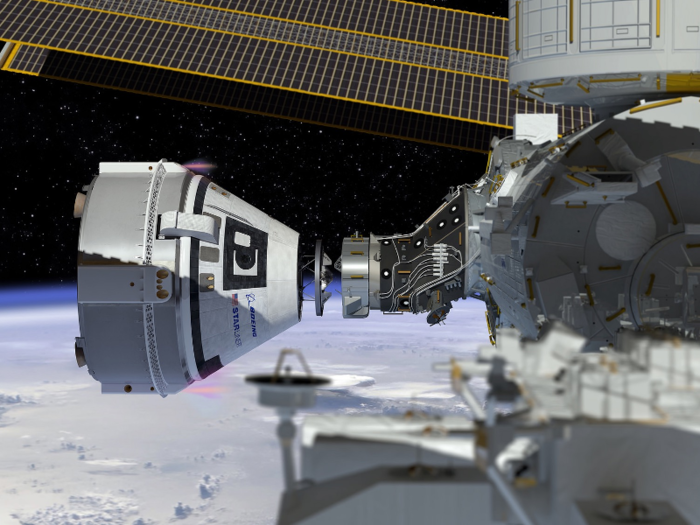
NASA astronauts Bob Behnken and Doug Hurley will likely be the first to fly a commercial spacecraft: the Crew Dragon. Musk most recently said that mission — called Demo-2 — could launch in April, May, or June.
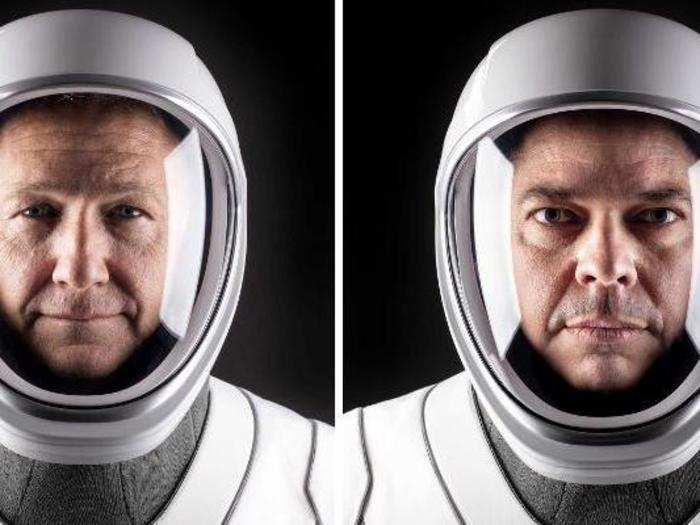
Both men are spaceflight veterans and have been deeply involved in SpaceX's efforts to make Crew Dragon a human-rated vehicle and launch it later this year.
Boeing also hopes to launch the CST-100 Starliner on its first-ever crewed flight this year, but it has not yet set a date. NASA may ask the company to re-do an uncrewed flight test before allowing astronauts to fly the Starliner, since Boeing's first try was unsuccessful.
Musk recently shared an animation of what that first crewed SpaceX flight might look like.

In the video, two astronauts trot down a sleek launchpad walkway in Cape Canaveral, Florida, climb aboard a Crew Dragon, and shoot into orbit atop a Falcon 9 rocket.
The ship docks with the ISS then later detaches. After jettisoning a "trunk" made to help it reach the space station, the Crew Dragon capsule and its human passengers blaze home as the vehicle's heat shield plows through Earth's atmosphere at about 25 times the speed of sound.
In total, NASA has selected nine astronauts to fly the Boeing and SpaceX spaceships for the first time.
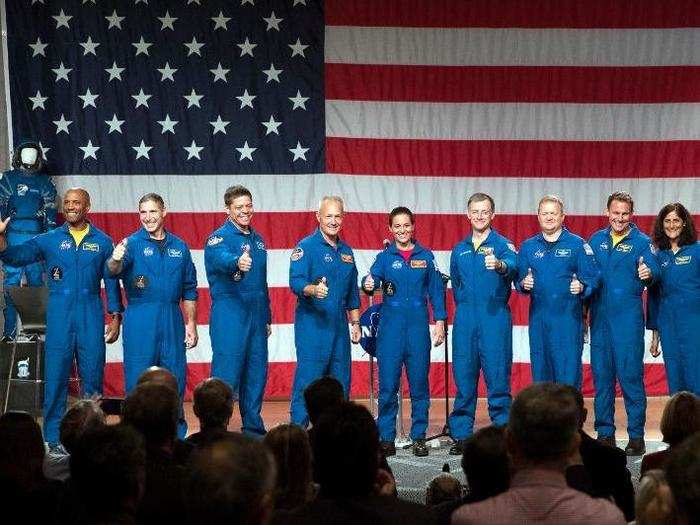
The group includes former space-shuttle flyers, ex-military test pilots, rookies, and — critically — a cadre of four astronauts who've been testing and providing feedback on the new commercial ships for years.
Before humans can fly in these spacecraft, though, NASA requires a series of test flights and demonstrations.
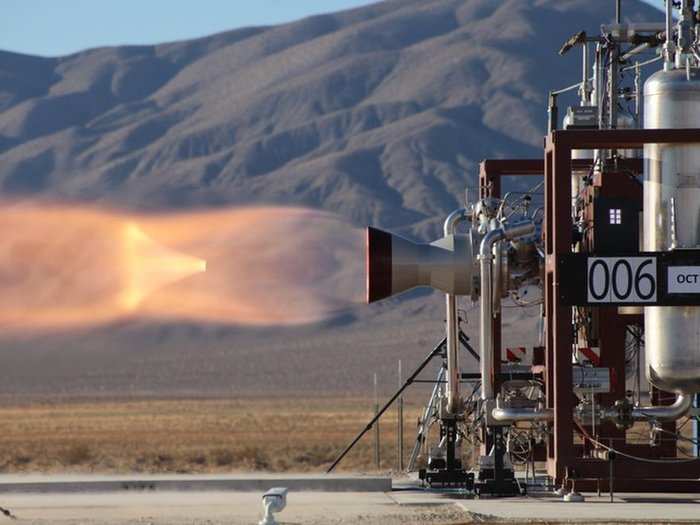
In one such test, the Crew Dragon flew to the space station in March 2019, making it the first commercial vehicle to ever do so.
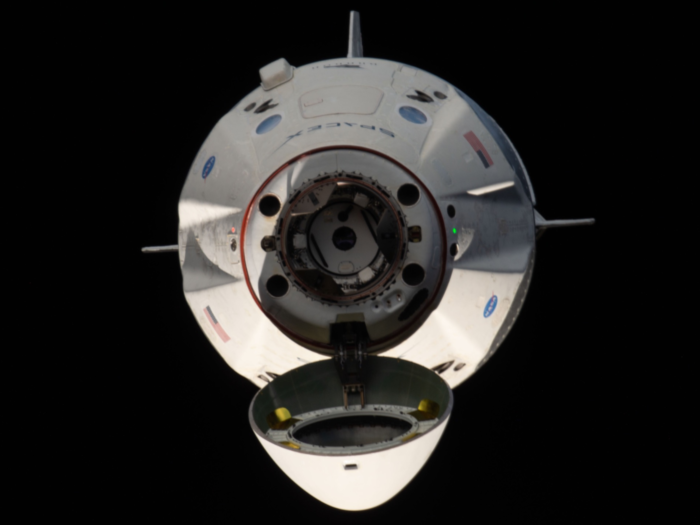
The mission, called Demo-1 (for Demonstration 1), launched from Cape Canaveral, Florida aboard a Falcon 9 rocket. It then linked up to the International Space Station for five days.
No astronauts were on board — just a crash-test dummy named Ripley, 400 pounds of cargo, and a fuzzy toy Earth.
After its five-day sojourn at the space station, the capsule splashed down in the Atlantic Ocean off the coast of Florida.
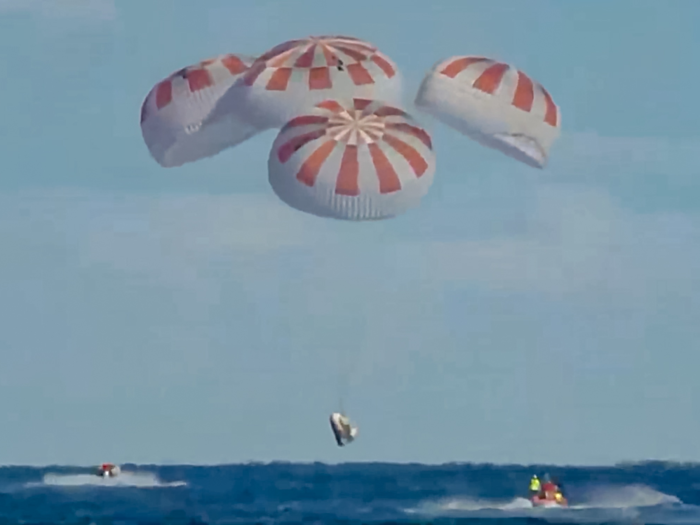
Officials declared the test a complete success.
"This is an amazing achievement in American history," Bridenstine said during a live broadcast after the landing.
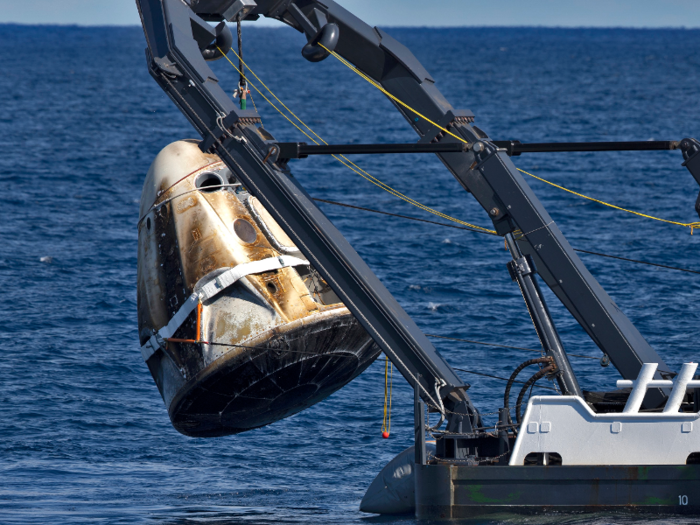
He described it as "the dawn of a new era in American human spaceflight, and really in spaceflight for the entire world."
But later trials hit snags. SpaceX did not pass an April 2019 test that simulated a parachute failure.
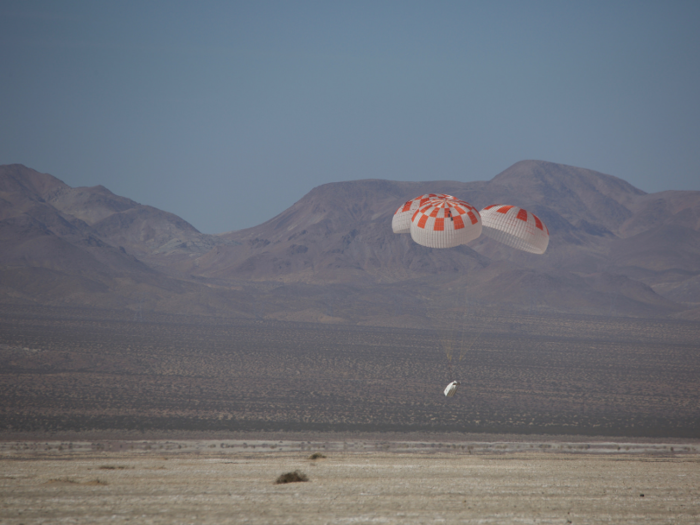
The test was meant to examine what would happen if one parachute didn't deploy during a flight. SpaceX tried to simulate the situation, leaving only three parachutes to break the fall. Unfortunately, the other parachutes didn't properly deploy either.
"It failed," William Gerstenmaier, NASA's associate administrator for human exploration and operations at the time, said during a House subcommittee hearing. "The parachutes did not work as designed."
Gerstenmaier told Spaceflight Now that similar problems arose during Boeing's parachute tests.
That same month, a Crew Dragon capsule exploded during a test-firing on the ground. NASA and SpaceX both welcomed the surprise failure.
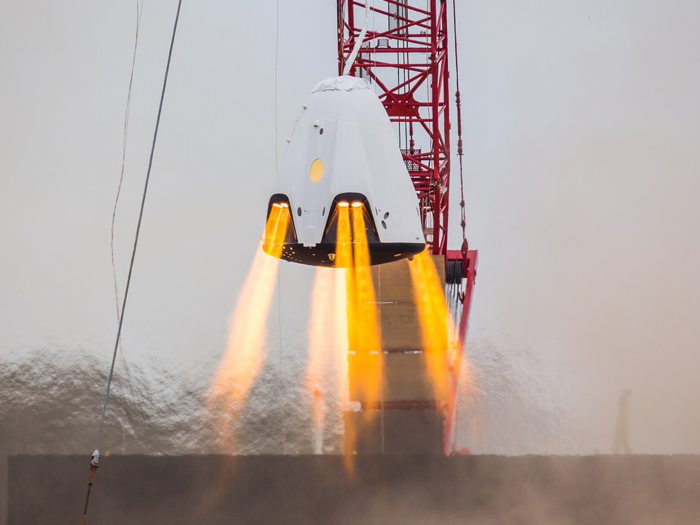
The mysterious explosion occurred as the capsule fired the large engines that would help it escape a failing rocket.
"Ensuring that our systems meet rigorous safety standards and detecting anomalies like this prior to flight are the main reasons why we test," SpaceX said on the day of the failure.
Kathy Lueders, who manages the Commercial Crew program, called the explosion "a huge gift for us" in terms of making the ship safer to fly.
(NASA refused to provide photos, videos, and documents related to the failure that Business Insider requested through the Freedom of Information Act, citing SpaceX's intellectual property rights.)
Boeing launched its Starliner capsule toward the space station for the first time in December 2019.
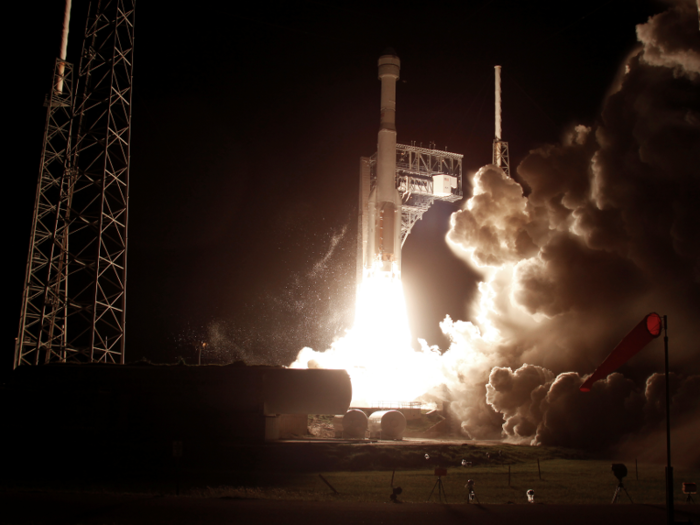
Nobody was inside — just a mannequin named Rosie. There was also some food, Christmas presents, and other cargo for astronauts aboard the space station.
But the Starliner suffered a major glitch with a clock about 31 minutes after launch, causing it to veer off-course.
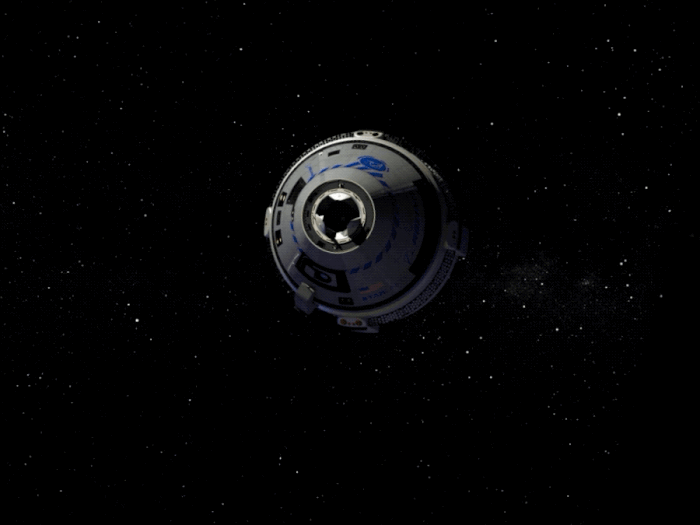
To save the uncrewed ship from total failure, Boeing skipped its docking with the space station — the main objective of its mission — and used the remaining propellant to stabilize the capsule's orbit and get it home.
On its early return to Earth, the capsule blew up impact-absorbing airbags and landed safely in the desert.
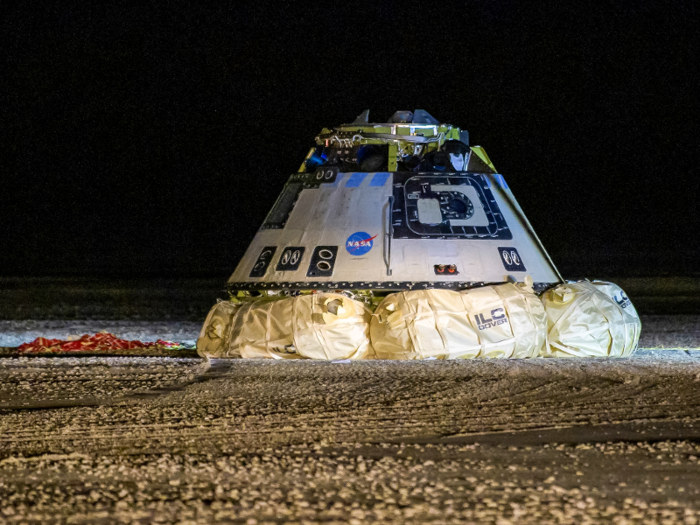
"When we look at how the launch vehicle, the Atlas V [rocket], and Starliner perform, it's an incredibly good design. We didn't see any major problems," Steve Stich, the deputy manager of NASA's Commercial Crew program, said during a press briefing.
NASA may ask Boeing to re-do that uncrewed mission to the space station before it launches its first astronauts.
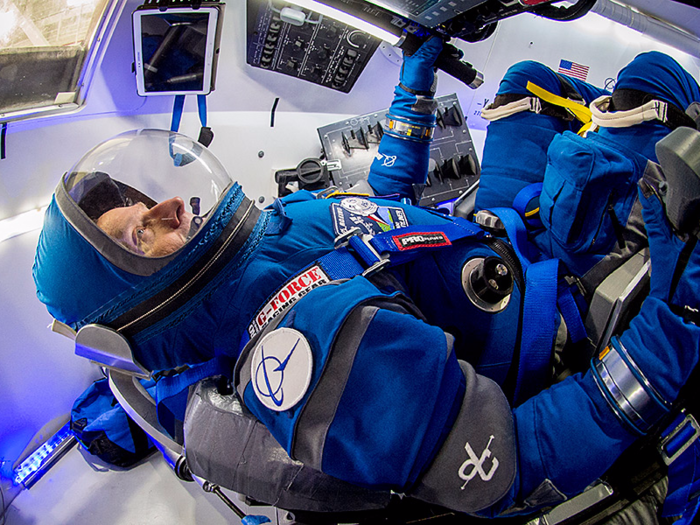
Officials have declined to offer a timeline for the Starliner's first crewed flight.
Before they ferry people, both spaceships also had to prove they can fly astronauts to safety in the unlikely event of a rocket-launch failure.
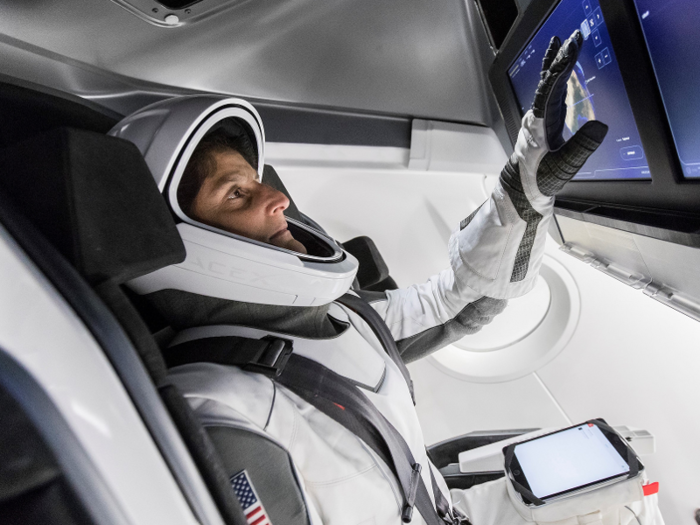
In November 2019, Boeing passed a ground test of the Starliner's abort system.
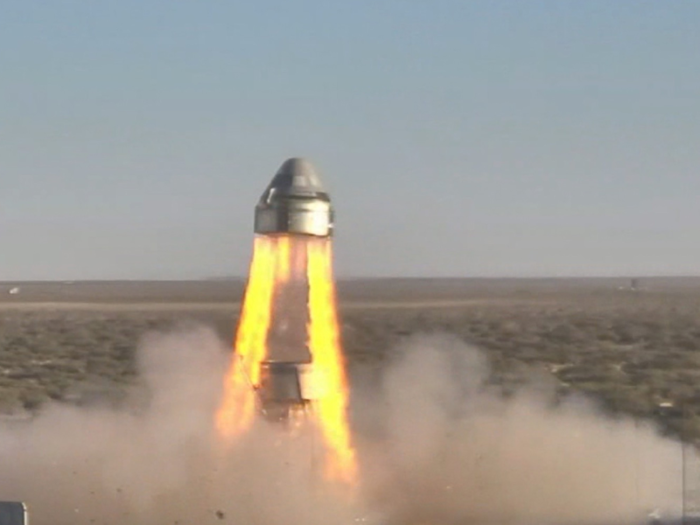
The capsule rocketed nearly a mile into the air, then parachuted back to the ground. The entire flight lasted 1.5 minutes.
On Sunday, SpaceX demonstrated its own escape system by turning off one of its Falcon 9 rocket mid-flight with a Crew Dragon perched on top.
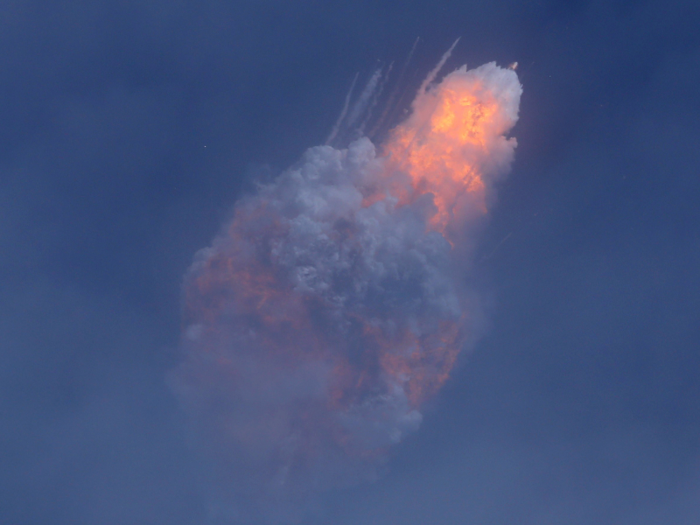
The rocket was traveling at around twice the speed of sound when SpaceX shut it down. At that moment, the Crew Dragon detached, fired its own thrusters, and sped away from the soon-to-explode rocket.
The gumdrop-shaped ship landed in the ocean under four giant parachutes about 9 minutes after launch.
Musk described the mission as "risky" prior to launch because the flight was high, fast, and "pushing the envelope in so many ways."
"As far as we can tell thus far, it was a picture-perfect mission. It went as well as one could possibly expect," Musk said during a NASA press briefing after the launch.

Though both companies are almost ready to launch astronauts, the Commercial Crew program has run years past its deadline.
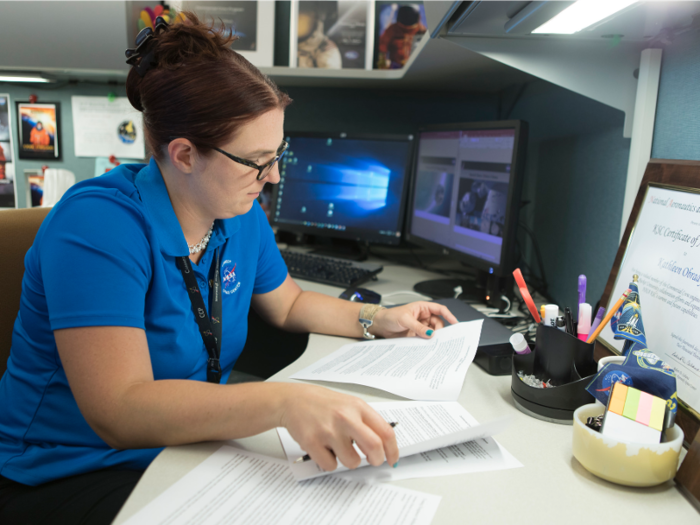
Boeing and SpaceX were supposed to have their systems certified by 2017, according to a 2018 report from the Government Accountability Office.
"Most of us are just way past ready for this to happen. It has taken a lot longer than anybody thought," Wayne Hale, a retired NASA space-shuttle program manager, recently told Business Insider. "This year we really need to do it. It really needs to be done."
"2020 is the year," Lueders told the Associated Press in December. "This is really the final trial of these vehicles."
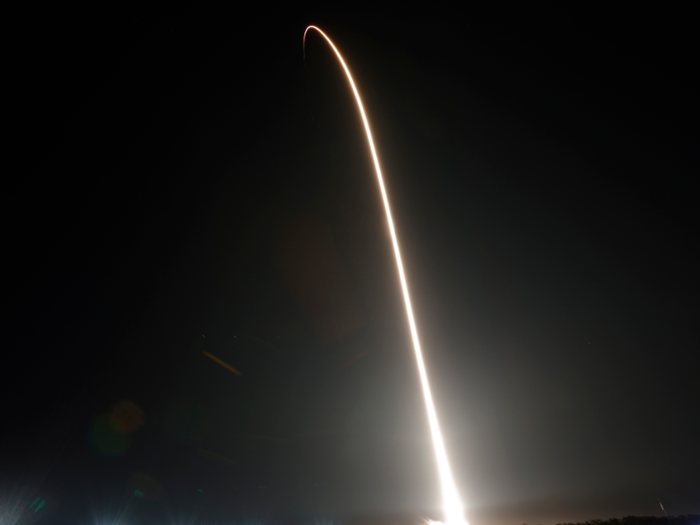
Once testing is done, a round-trip seat on the Crew Dragon will cost about $55 million and a seat on Starliner will cost about $90 million.
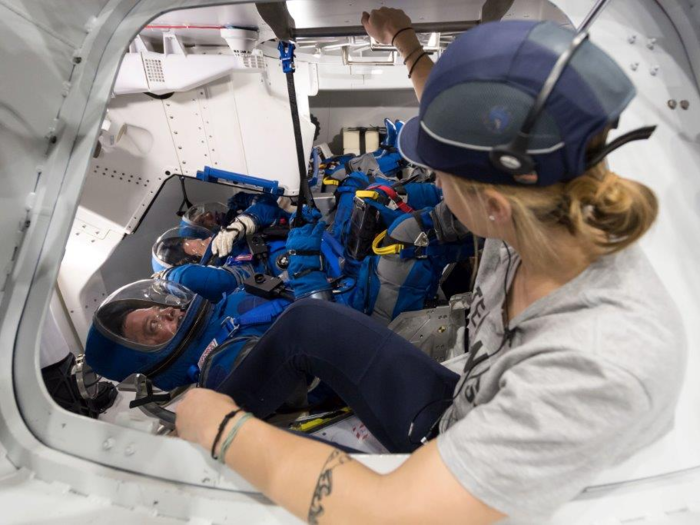
That's according to a November 2019 report from the NASA Office of Inspector General.
If you're interested in hitching a ride, NASA also plans to open the space station to tourists for $35,000 per night.
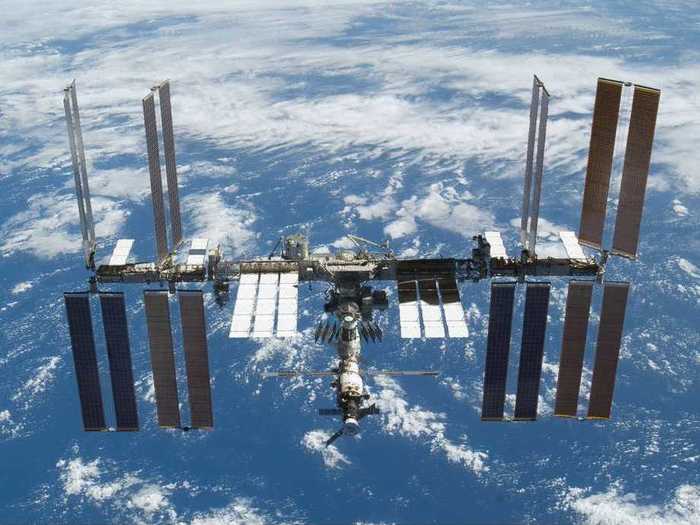
Last year NASA announced it would allow two private astronauts per year to stay up to 30 days each on the space station.
Popular Right Now
Popular Keywords
Advertisement